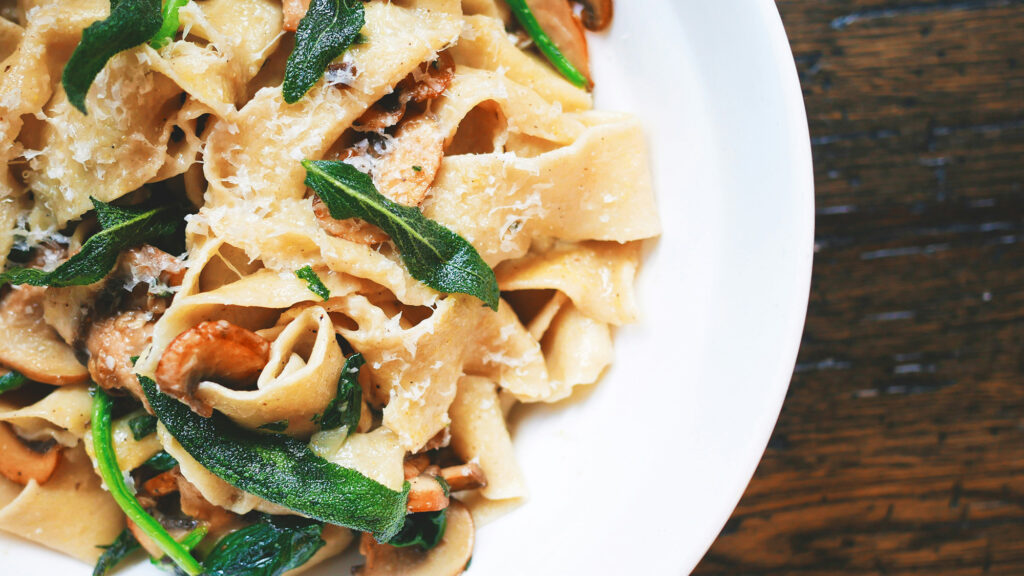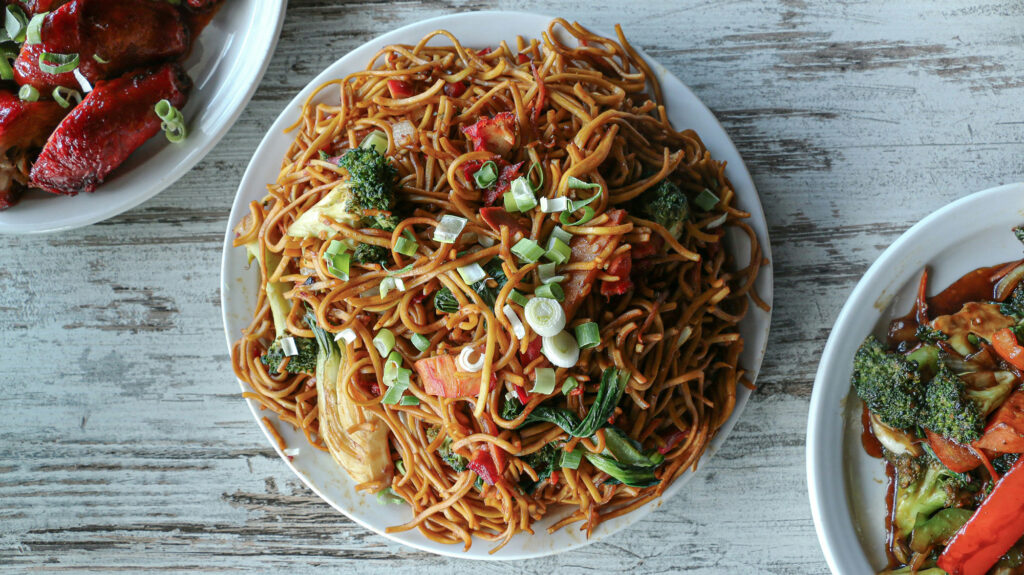Plain paratha is a carbohydrate-rich food that can cause fluctuations in glucose levels. The body breaks down carbohydrates into glucose, causing blood sugar levels to rise. Therefore, pairing parathas with high-fibre, low-carbohydrate foods is essential to slow down the absorption of glucose and prevent sudden spikes in blood sugar levels.
Optimal tips for eating your favourite parathas
• To reduce carbohydrate intake, consume plain paratha in moderation by limiting portion sizes.
• To slow down the breakdown of glucose, prepare it using cow ghee or grass-fed full-fat butter.
• For a well-rounded meal, pair a protein-rich stuffing or side dish with a bowl of vegetables to increase your fibre intake.
• Optimise your food by meal sequencing: prioritise fibre, followed by protein and complex carbs, for better digestion and nutrient absorption.
• Consuming ACV in water, 5-10 minutes before a meal can slow down the absorption of carbohydrates.
Plain paratha, a popular Indian flatbread made from wheat flour, can be a high-carbohydrate food that rapidly increases blood glucose levels. To effectively manage blood glucose levels, it is important to consume foods in the proper order of fibre, protein and complex carbohydrates and to engage in light physical activities such as walking for at least 10 minutes after meals.







